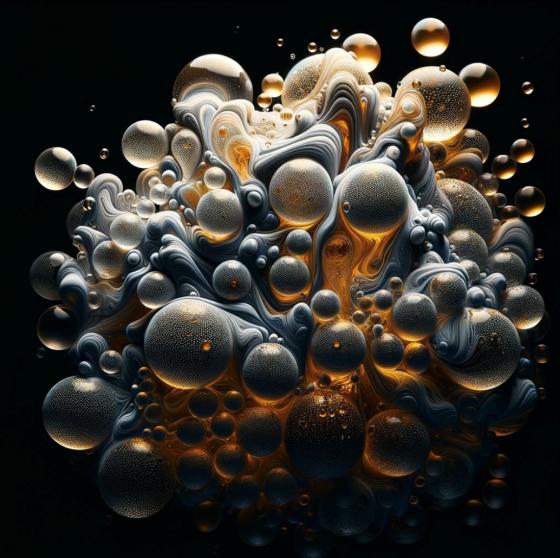I'm excited to share our groundbreaking study just published in the Proceedings of the National Academy of Sciences of the United States of America (PNAS), providing the first experimental and numerical verification of the Rayleigh–Taylor turbulence in immiscible fluids, such as oil and water.
This discovery sheds new light on the intricate process of how these fluids mix under gravity, challenging long-standing theories and opening up new possibilities for environmental preservation.
Why it matters:
Deep-water oil spills have always presented a formidable challenge in predicting how oil disperses and interacts with marine environments. Our study reveals a unique turbulent state at the oil-water interface, driven by capillary wave interactions, and governed by a universal, time-independent parameter. This insight is pivotal in predicting the dynamics of oil spills and enhancing the efficiency of oil biodegradation by marine bacteria.
Implications for Environmental Science:
Understanding the oil-water interface dynamics is crucial for improving strategies to mitigate the environmental impact of oil spills. Our findings offer a new model for the dynamics of deep-water oil spills, highlighting the role of marine bacteria in degrading oil droplets—a process that's more efficient as we gain insights into the Rayleigh–Taylor turbulence. Read more about our findings and their significance here: https://lnkd.in/ea_FTs-j
#EnvironmentalScience #MarineBiology #OilSpills #PNAS #Innovation #ScienceResearch
